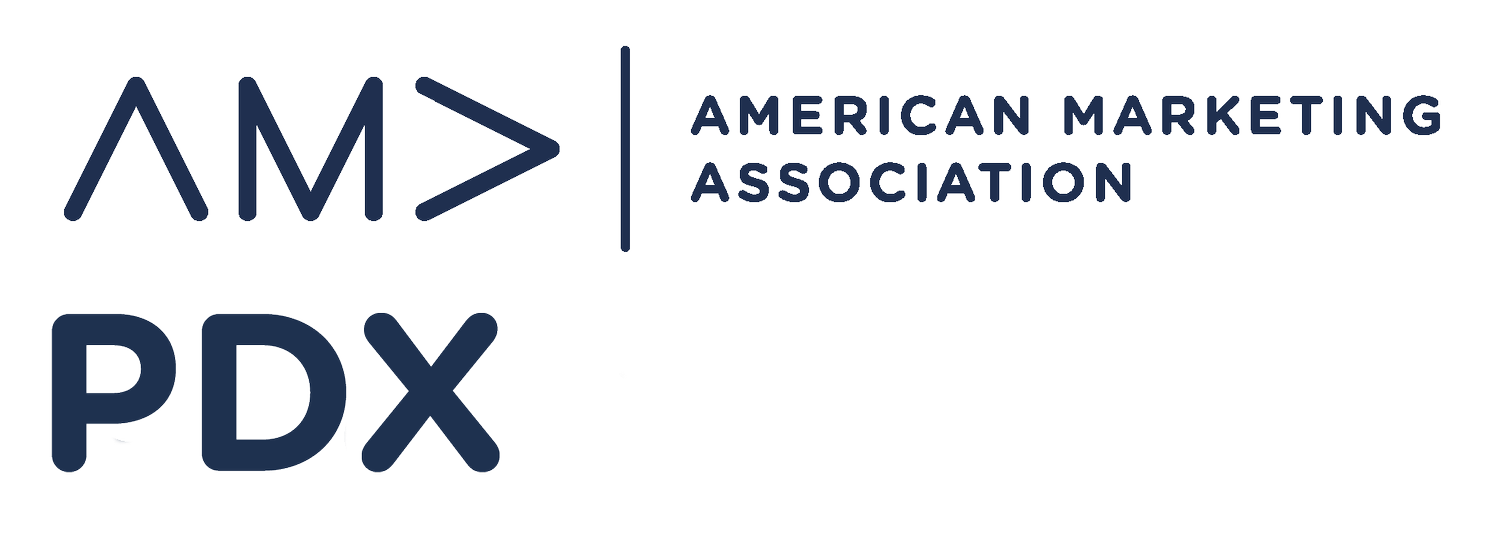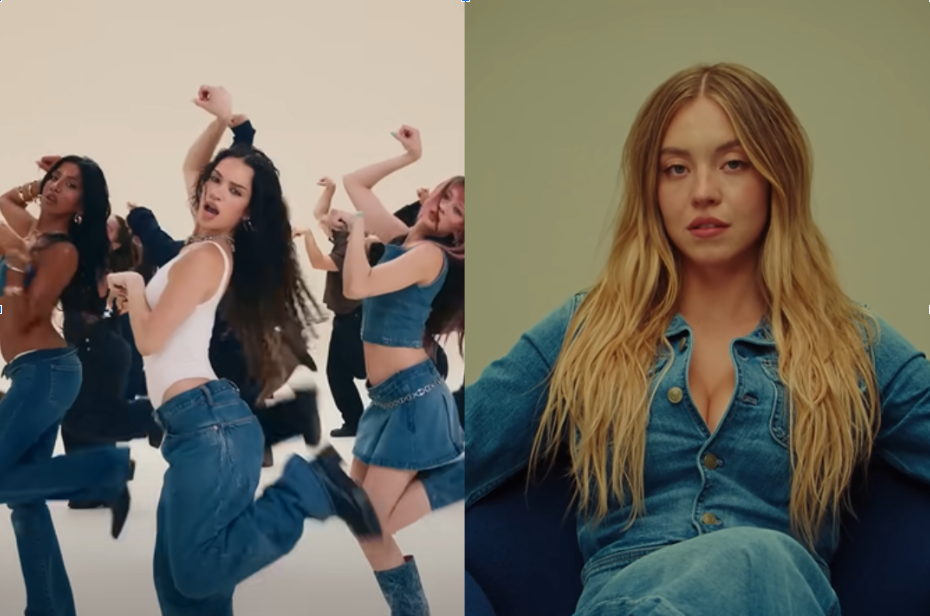Case Study: Inclusive Marketing Lessons from Denim Giants
This summer, denim giants launched campaigns that did more than sell jeans; they sparked a broader conversation about representation, identity, and inclusive marketing. All eyes were on American Eagle and Gap. Their recent campaigns give us a deeper look into how brands navigate that delicate balance between cultural relevance and commercial success.
American Eagle “Sydney Sweeney Has Great Jeans Campaign”
Let’s unthread this controversial American Eagle ad featuring Sydney Sweeney that dropped on July 23, 2025. This campaign was built around the pun, “genes” vs. “jeans,” where the original ad featured Sweeney delivering the controversial line, “Genes are passed down from parents to offspring, often determining traits like hair color, personality, and even eye color. My jeans are blue.” With the narrator ending on the line, “Sydney Sweeney has great jeans.”
In a now-removed TikTok ad, many viewers interpreted it as racially coded, suggesting a hierarchy of genetic traits. The backlash was quick, with accusations of exclusion and tone-deaf messaging. The conversation quickly shifted from clever marketing to questioning who the brand was really speaking to and who it wasn’t.
From a diversity, equity, inclusion, and accessibility (DEIA) perspective, the campaign missed the mark in a few important ways.
Lacked cultural sensitivity: The ad didn’t seem to consider how its language and imagery might land with a diverse audience, which sparked some strong reactions.
Clashed with American Eagle’s existing brand identity: The company had built a reputation for inclusive sizing and diverse model representation, so this campaign felt out of step with what many customers had expected, leaving some customers feeling alienated.
Alienated a core of its customer base, women, seemingly focused on the male gaze.
Despite the backlash, the campaign wasn’t a total flop. According to a Marketing Brew interview with American Eagle’s CMO, Craig Brommers, the ad brought in 790,000 new US customers, increased 320,000 new social media followers, and nearly sold out of most of their denim lines. However, third-party data told a different story. Foot traffic reportedly dropped by 9% in August, which suggests the controversy may have grabbed people’s attention, but didn’t necessarily build lasting loyalty.
Gap x KATSEYE “Better in Denim.”
In contrast, Gap’s “Better in Denim.” campaign leaned into global representation by partnering with KATSEYE, a multicultural girl group formed through Netflix’s Dream Academy. The campaign dropped about a month after American Eagle’s ad. The band members are collectively from the U.S., Switzerland, the Philippines, and South Korea, and have 20 million fans worldwide. The campaign featured them dancing to Kelis’ “Milkshake” song in signature Gap denim, with the nostalgic line “damn right, it’s better than yours,” which some viewers suspect was a direct response to American Eagle’s ad, though the company has not confirmed.
From a DEIA lens, Gap’s campaign hit several high notes:
Authentic representation: Diversity was central to the story. By featuring KATSEYE, a literal global girl group, Gap reflected the wide range of identities that make up its customer base.
Cultural relevance: The campaign smartly tapped into TikTok trends and nostalgic throwback vibes, bridging generational and cultural gaps. It felt fresh, familiar, and on par with today’s digital culture.
With 20 million views in 72 hours, a 2.8% increase in foot traffic, and a sold-out KATSEYE x Gap hoodie, the successful campaign showed how inclusive storytelling can drive engagement and sales.
Lessons Learned
Both these ads highlight a reality in today’s marketing landscape: DEIA needs to be baked into strategy. That means bringing diverse voices into the creative process from the very beginning, not just polishing the message at the end. It needs nuance, authenticity, and an honest understanding of who the audience is and what they care about.
American Eagle’s wordplay sparked a large debate and alienated part of its audience. Gap’s approach resonated broadly by connecting with its full customer base. Audiences are smart. They can spot when diversity is just for show. When it’s genuine, it builds trust. When it’s superficial, it will raise eyebrows.
In today’s world, where belonging and identity play a huge role in how people choose what to support, brands that lead with inclusive values not only get them noticed; they turn casual customers into loyal fans.

